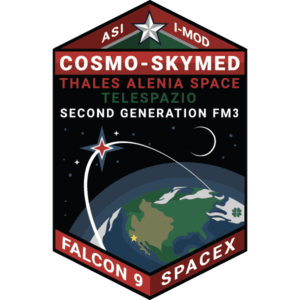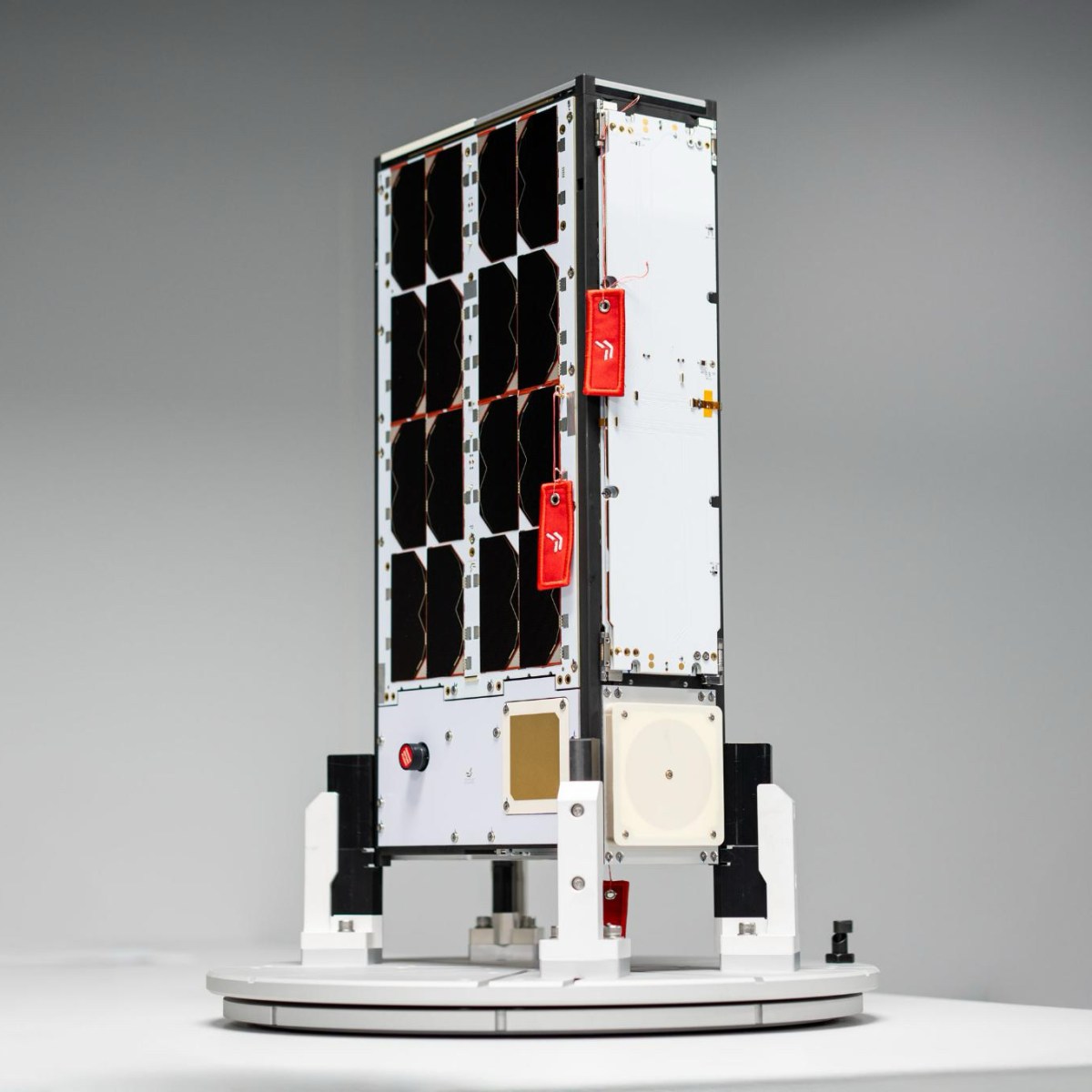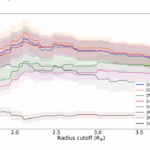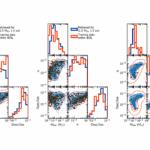Now Reading: Nelson: Decision on Mars Sample Return expected before new administration takes office
-
01
Nelson: Decision on Mars Sample Return expected before new administration takes office
Nelson: Decision on Mars Sample Return expected before new administration takes office
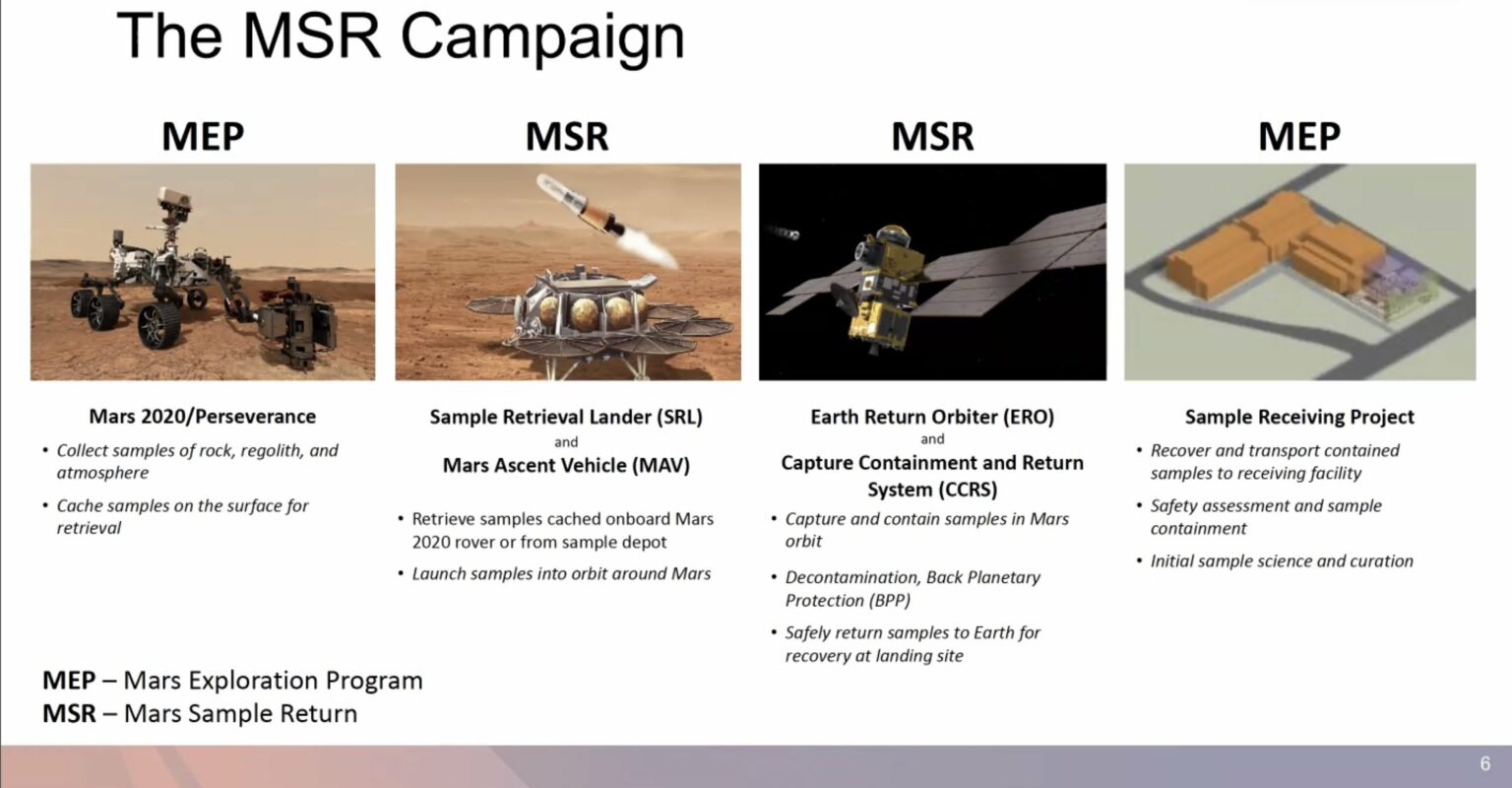
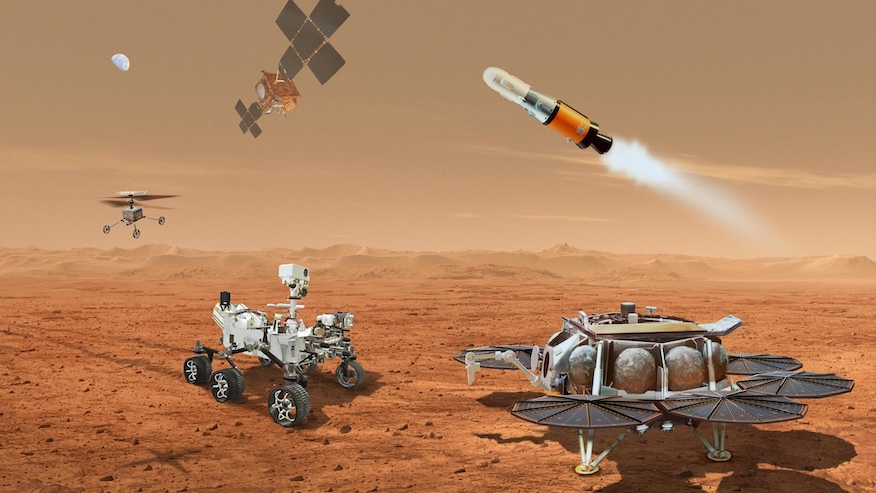
Credit: NASA/ESA/JPL-Caltech
One of the biggest decision points for the space community, how to redesign the Mars Sample Return (MSR) mission, may be weeks away from an inflection point, according to outgoing NASA Administrator Bill Nelson.
During a roundtable discussion with reporters on Dec. 18 at the Kennedy Space Center in Florida, Nelson said the agency will announce the path forward on the U.S.-led initiative to return samples from the Red Planet “in the first part of January, before I leave.”
“As a matter of fact, one of the major briefings is going to occur Friday morning (Dec. 20) here at KSC,” Nelson said. “I’ve already been briefed in part. At the end of the day, I’m the decider on this stage and then we had that off to the new administration.”
A consensus inside NASA and in the broader scientific community was that the timeline for MSR and its cost was untenable. The report of the Independent Review Board, published in September 2023, suggested a mission cost of $11 billion and a return date of 2040.

Nelson said that was “way too expensive.” He also noted that NASA intended to have astronauts on Mars by the 2040s and NASA wants to be able to have those samples to study before crews start arriving.
“And so, I pulled the plug on it. And lo and behold what’s coming out and we’ll give you the results in probably the first week in January,” Nelson said. “What’s coming out is by involving industry, and not NASA centers like [the Jet Propulsion Laboratory], combining with others, they’re coming out with much more practical (proposals), where they can speed up the time and considerably lower the cost.”
Changing course
Mars Sample Return was first laid out back in 2009 as part of what was known as the ExoMars program, a partnership between NASA and the European Space Agency (ESA). Fast forward to August 2020, NASA established the Independent Review Board to evaluate the early architecture for the mission.
It would require a robotic rover to collect samples, the NASA Sample Retrieval Lander (SRL) with a so-called “fetch” rover to retrieve the samples and then ESA’s Earth Return Orbiter (ERO) to bring them back to Earth.
By this point, about a third of the architecture, connected to the collection of samples was in motion. The Mars Perseverance rover launched atop a United Launch Alliance (ULA) Atlas 5 rocket less than a month before. It went onto reach the Red Planet with its 43 cylindrical collection tubes in February 2021.
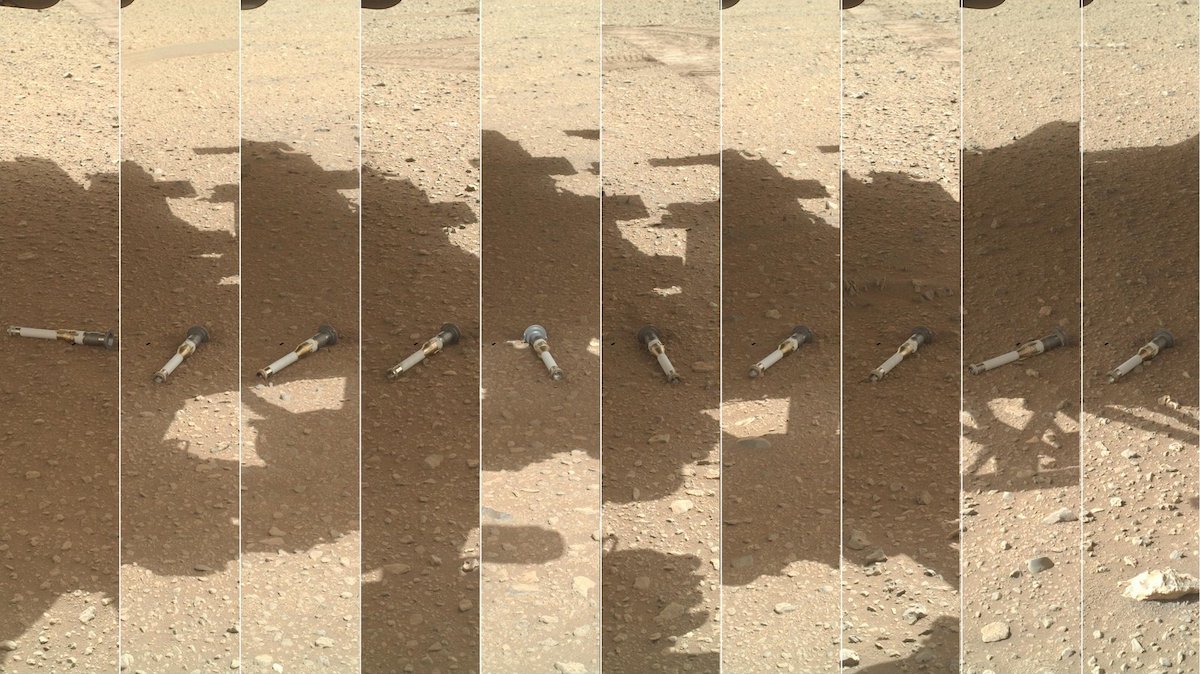
Back on Earth, before Perseverance arrived at Mars, the first Independent Review Board included that the cost of MSR for the United States would be at least $2.9-3.3 billion, nearly a billion more than initial estimates. Additionally that review board cautioned that “we do not believe the program’s schedule and cost are aligned with its scope,” arguing that launching the in 2026 timeframe was “not achievable.”
In March 2021, Northrop Grumman received a contract from NASA valued at up to $84.5 million to provide first- and second-stage solid-fuel motors for the Mars Ascent Vehicle (MAV), which would take the samples from the SRL up to Mars orbit where the ERO would be waiting.
Nearly a year later, in February 2022, NASA awarded a trio of contracts to Lockheed Martin connected to the SRL and the MAV. It received $35 million from NASA’s Jet Propulsion Laboratory (JPL) to “produce the cruise stage and its comprehensive elements, including the solar arrays, structure, propulsion and thermal properties” for the SRL.
For the MAV, Lockheed Martin received $194 million from NASA’s Marshall Space Flight Center to “design, build, test and deliver the rocket” and $2.6 million from JPL for preliminary design work on the Earth Entry System, which would shield the samples as they made their return to Earth.
“It’s a great responsibility to be entrusted to solve the technical challenges of this groundbreaking mission. We’re looking forward to helping NASA blaze new trails in scientific discovery,” said Lisa Callahan, Lockheed Martin’s vice president and general manager of the company’s Commercial Civil Space business at the time.

In order to get a more wholistic view of the mission ahead of the confirmation process (formally establishing schedule, cost and technical baselines), NASA convened a second Independent Review Board, chaired by NASA’s former Mars Czar, Orlando Figueroa, in spring 2023. It was through that analysis that the new timeline of returning samples in the 2040s emerged, along with the cost ballooning to around $11 billion.
The report was made public in the fall and discussed during an Oct. 20 meeting of the Mars Exploration Program Analysis Group Steering Committee.
“Technical issues indicated to us that the early planning dates for a ’27 or ’28 launch were simply not credible, a near zero probability that we’d be able to do it,” Figueroa said during the meeting. “Moving to 2030 offers an opportunity, and looks it is possible, but [President Biden’s] budget doesn’t quite support that.”
Because Congress is still mired in its budgeting process, opting instead to pass continuing resolutions instead of a new, complete package of spending bills, the funds available to NASA for MSR remains uncertain.

New players enter the picture
In an announcement made in April 2024, NASA stated that it was going back to the drawing board on MSR and was reaching out to industry players as well as the various NASA centers to provide alternative architectures that would get samples back from Mars cheaper and faster.
By June, the agency listed 11 studies that it was examining to find that new path. The agency awarded $1.5 million contracts to eight companies to further their studies in addition to supporting studies from JPL and Johns Hopkins’ Applied Physics Laboratory (APL).
Those companies included big names, like Aerojet Rocketdyne, Blue Origin, Northrop Grumman and SpaceX as well as those like Quantum Space and Whittinghill Aerospace. Rocket Lab’s proposal was accepted after the initial announcement and made public in October.
In regard to Nelson’s announcement earlier this month about the forthcoming decision and its timing, the administrator said it was part of the “normal cycle of making decisions” and said it was “unrelated to the new administration.”
Stay Informed With the Latest & Most Important News
Previous Post
Next Post
-
 01From Polymerization-Enabled Folding and Assembly to Chemical Evolution: Key Processes for Emergence of Functional Polymers in the Origin of Life
01From Polymerization-Enabled Folding and Assembly to Chemical Evolution: Key Processes for Emergence of Functional Polymers in the Origin of Life -
 02Panasonic Leica Summilux DG 15mm f/1.7 ASPH review
02Panasonic Leica Summilux DG 15mm f/1.7 ASPH review -
 03Two Black Holes Observed Circling Each Other for the First Time
03Two Black Holes Observed Circling Each Other for the First Time -
 04How New NASA, India Earth Satellite NISAR Will See Earth
04How New NASA, India Earth Satellite NISAR Will See Earth -
 05And Thus Begins A New Year For Life On Earth
05And Thus Begins A New Year For Life On Earth -
 06Astronomy Activation Ambassadors: A New Era
06Astronomy Activation Ambassadors: A New Era -
07SpaceX launch surge helps set new global launch record in 2024












